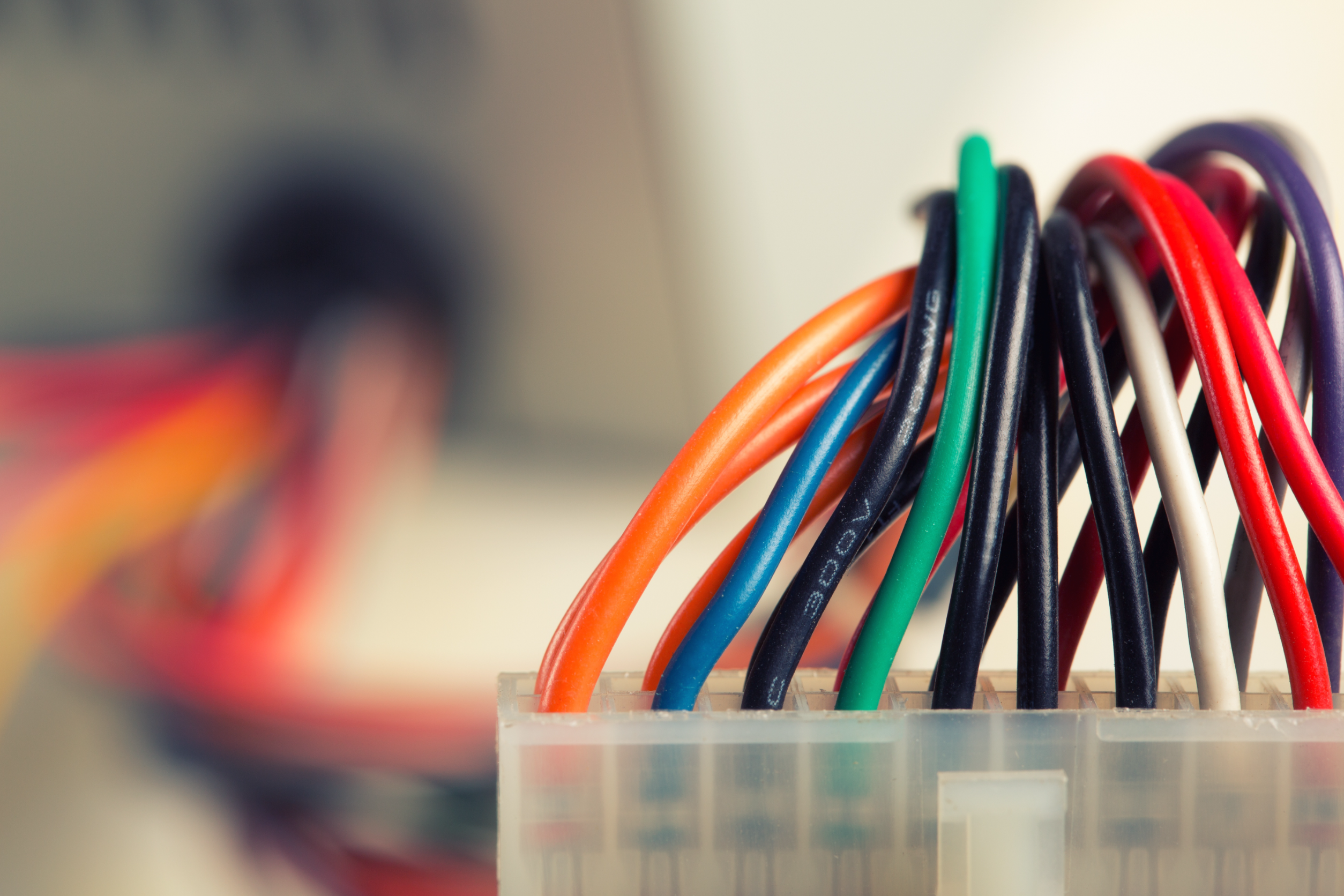With home improvement, there’s always more to be done! From adjusting lighting fixtures to rewiring and rerouting, you can find plenty of electrical do-it-yourself improvements for your home. However, if you’re going to step into the electrical improvement realm, safety and knowledge are key!
Luckily, Gulf Coast Electric is here to help guide you on your electrical journey! With our electrical safety and wire guide, you’ll be able to upgrade your home with ease.
Electrical Safety
First up, it’s important to be safe when working with wires. If possible, we recommend getting a professional electrician to perform work around your home because DIY electrical tips aren’t a substitution for professional training. However, if you’re a handyman ready to learn about wiring, there’s a few things you can do to prepare!
- Purchase sturdy safety goggles, a fire-resistant face shield and thick rubber electrical gloves, and wear them before starting your project.
- Always turn off the circuit breaker on your main panel to cut the power to the circuit you plan to work on.
- Unplug the appliance before working on it.
- Test the wires with a multimeter to make sure that they aren’t live.
- Do not touch gas or plumbing pipes when working with electrical lines.
With these bases covered, you’re all set to start on your project!
Electrical Wiring Color Guide
Wires come in a full rainbow of colors, and they all carry electricity. However, that’s really the only similarity they have! The color of a wire shows its purpose and helps to keep your electrical space organized.
The National Electrical Code (NEC) has a guide for some colors, but not others. Thankfully, electricians have their own language with wires, and we’re going to break it down for you!
Black Wires
These wires are “hot” or live wires. Live wires carry the electrical current from your home’s electrical panel to your appliance or fixture. While the NEC doesn’t require hot wires to be black wires, it’s the most common choice for residential wiring.
You may see a black wire carrying the current from a light switch to its respective light, and that circuit section is called a switch leg. Traveler wires, although it’s less common, can also be black in color.
Red Wires
Red is another common color for hot wires! Larger appliances, ones that need 240 volts, need two hot wires to receive enough electricity. Typically, they’ll use one black hot wire and one red.
Just like black wires, red wires can be switch legs. You’re likely to see them in devices that need two switch legs, like a ceiling fan with one switch for the fan and another for the light.
Green, Bare, or Green and Yellow Striped Wires
Green, bare, or green and yellow striped wires, which are wires without a coating, act as ground wires. They work like a failsafe for the circuit. If the circuit isn’t working properly, these wires channel any unintentional current down into the earth to avoid people being shocked.
Ideally, these wires should not be carrying electricity. However, they can, so always test them before making any cuts or disconnections.
Gray & White Wires
Gray and white colored wires are grounded conductors, or neutral wires. Where a black wire would carry electricity to the appliance, the neutral wire returns it to the panel. It essentially completes an infinite loop.
The NEC says neutral wires can be white or gray, or have three stripes of white or gray on any color background, minus green. Red, black or any other color tape at the end of a gray or white wire shows that the wire is actually a hot wire.
Remember: these wires carry a current, so they should always be treated as live wires.
Blue & Yellow Wires
Yellow and blue wires are pretty versatile. They can be used as switch legs in wall pipes, or they can be used as a traveler wire in multi-way switches. Although black or red wires are the more common choice for this, especially in residential electrical circuits.
In industrial or commercial buildings with three-phase power, blue and yellow wires are a common choice. Even though you probably won’t see them often, remember to treat them as if they are a live wire!
Pink, Orange, Brown & Violet Wires
And here we have the rest of the wire rainbow! The main purpose of these extra colors are to provide color options to help keep circuits safe and organized.
Orange wires are the most common out of the bunch because we can use them like a live red wire. You’ll probably see them in a higher voltage circuit or in a fire alarm circuit. Violet and pink wires aren’t as common, but they’re sometimes used as switch legs or travelers. Brown wires are more common in industrial buildings where they’re used as live wires.
Professional Electrical Wiring Services
Learning the wire rainbow is essential to stay safe when working with electrical circuits, but it’s overwhelming! If you’re looking for premium electrical services for your home, look no further!
At Gulf Coast Electric, we pride ourselves on our knowledge and skill set. When you’re looking to upgrade your home with new lighting, whole home surge protection or a new outlet, you can trust our trained electricians!
Call today and speak with our friendly staff!











